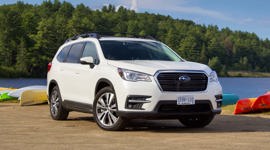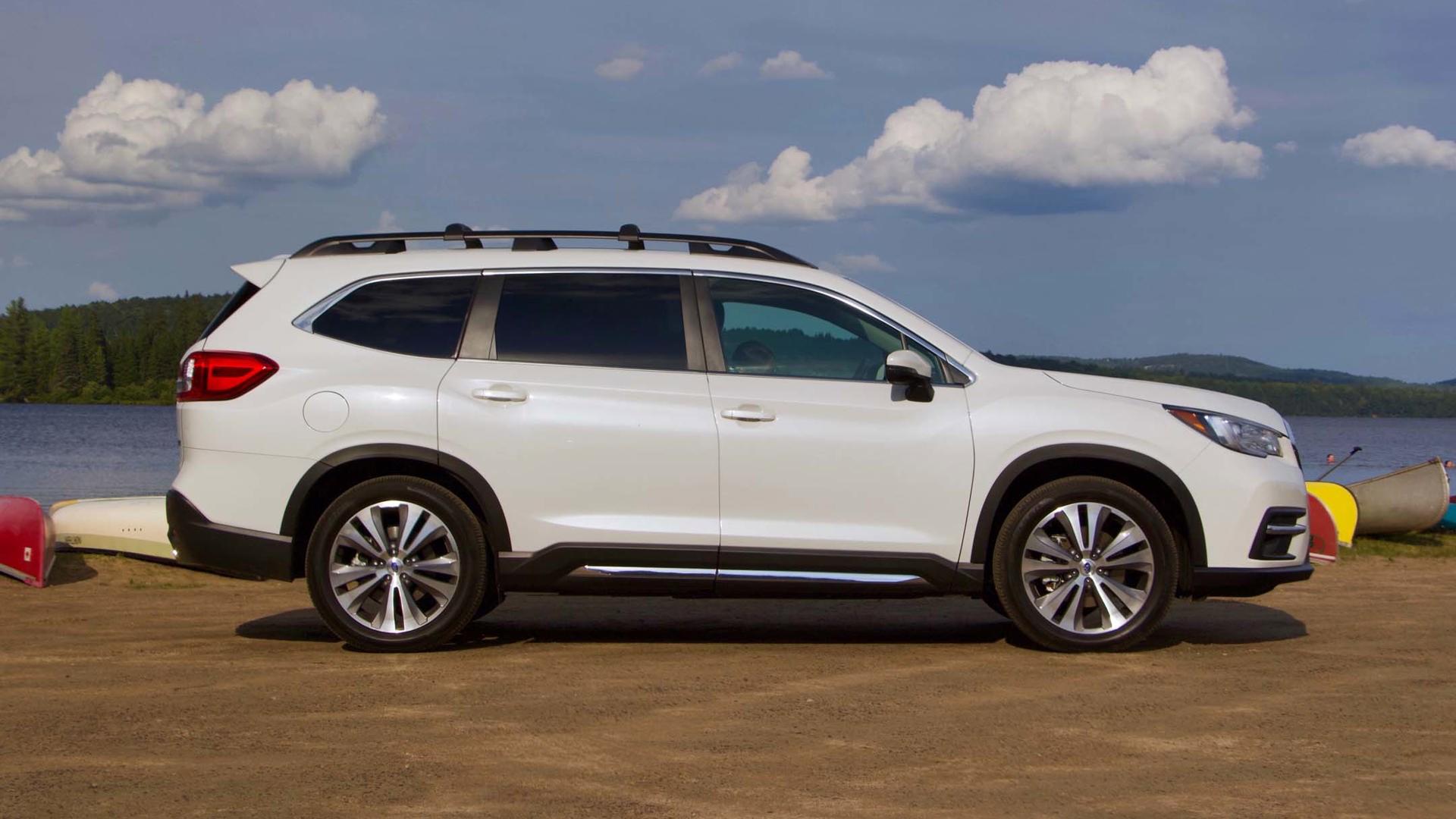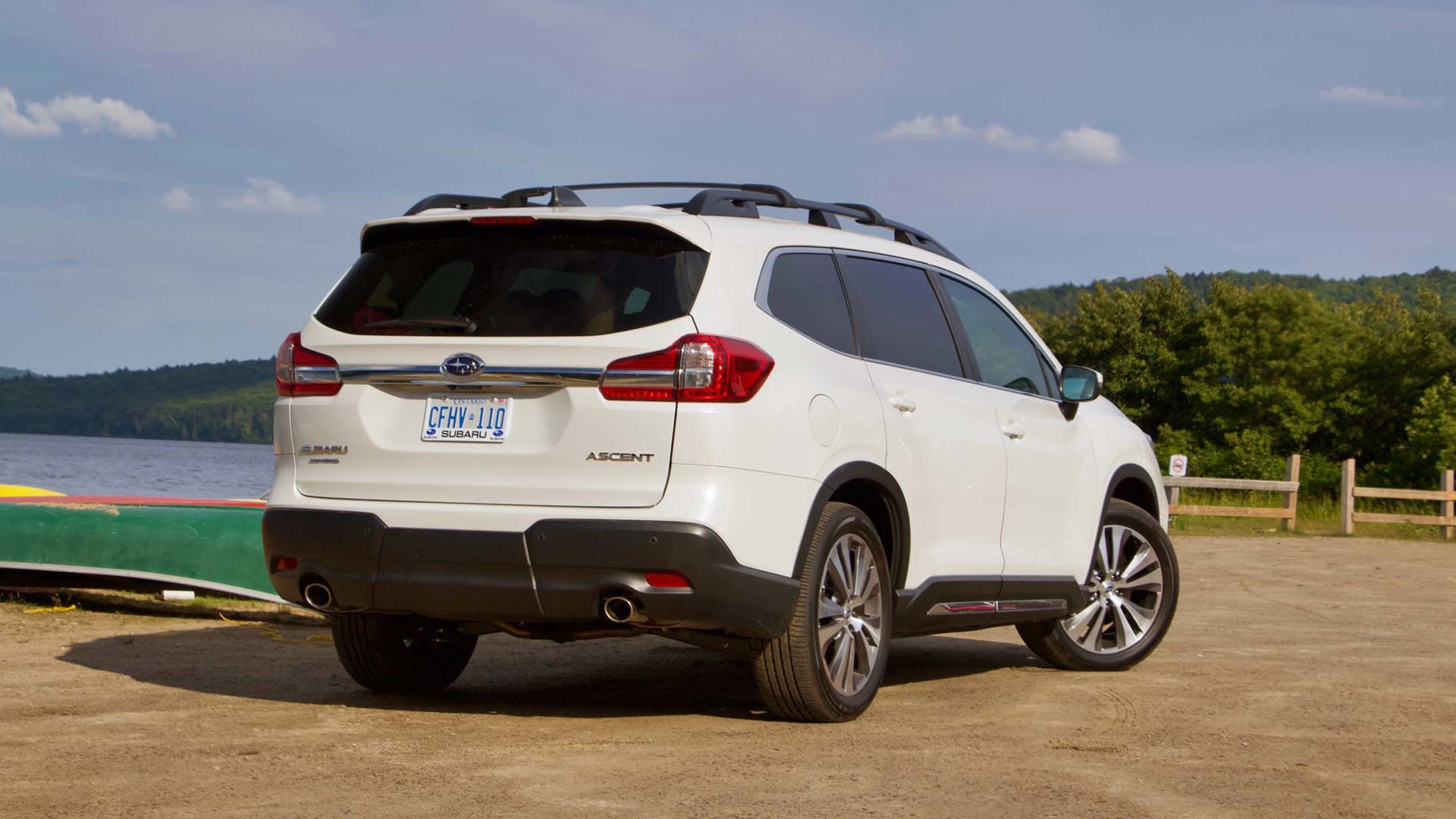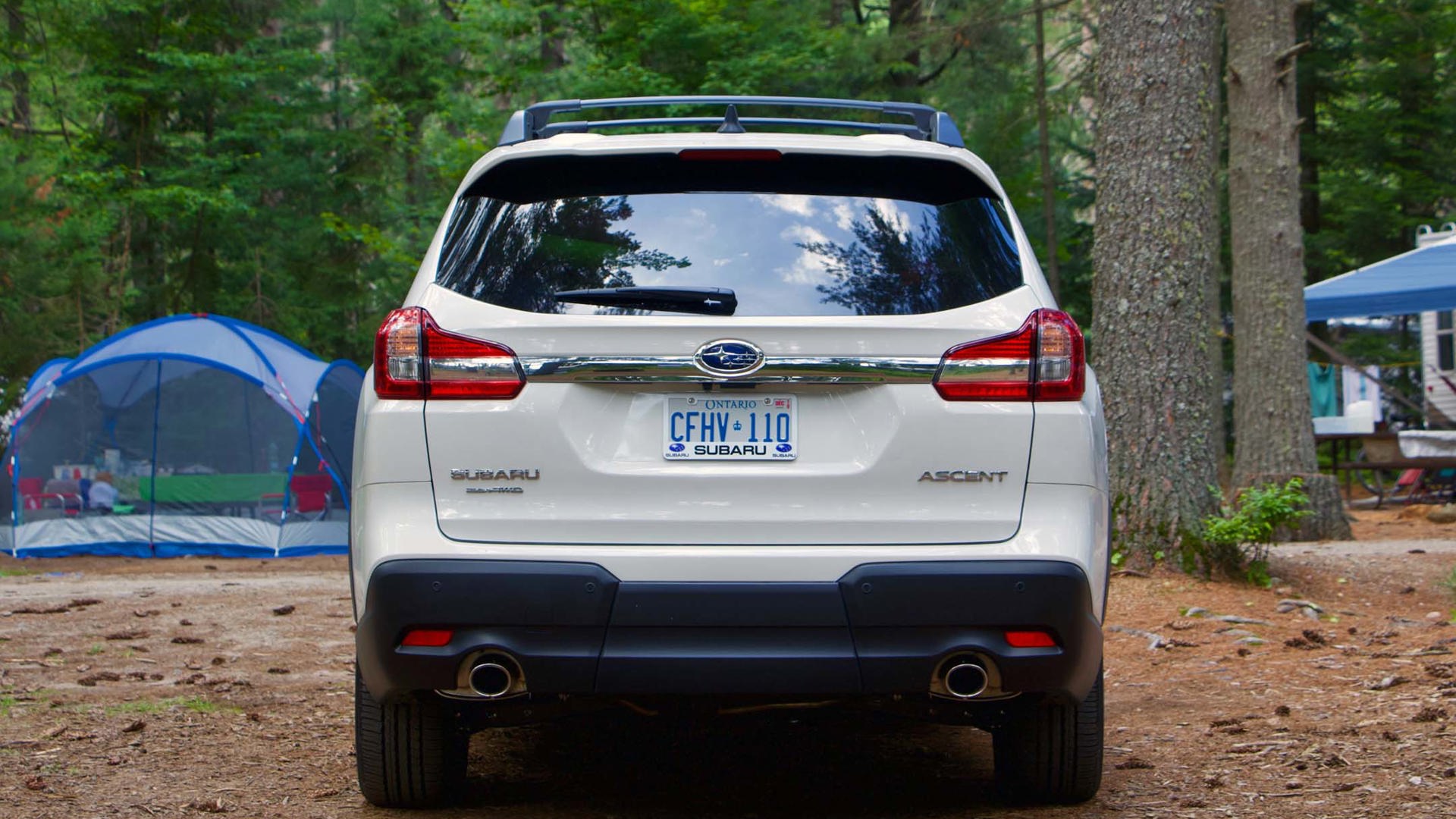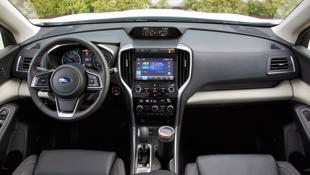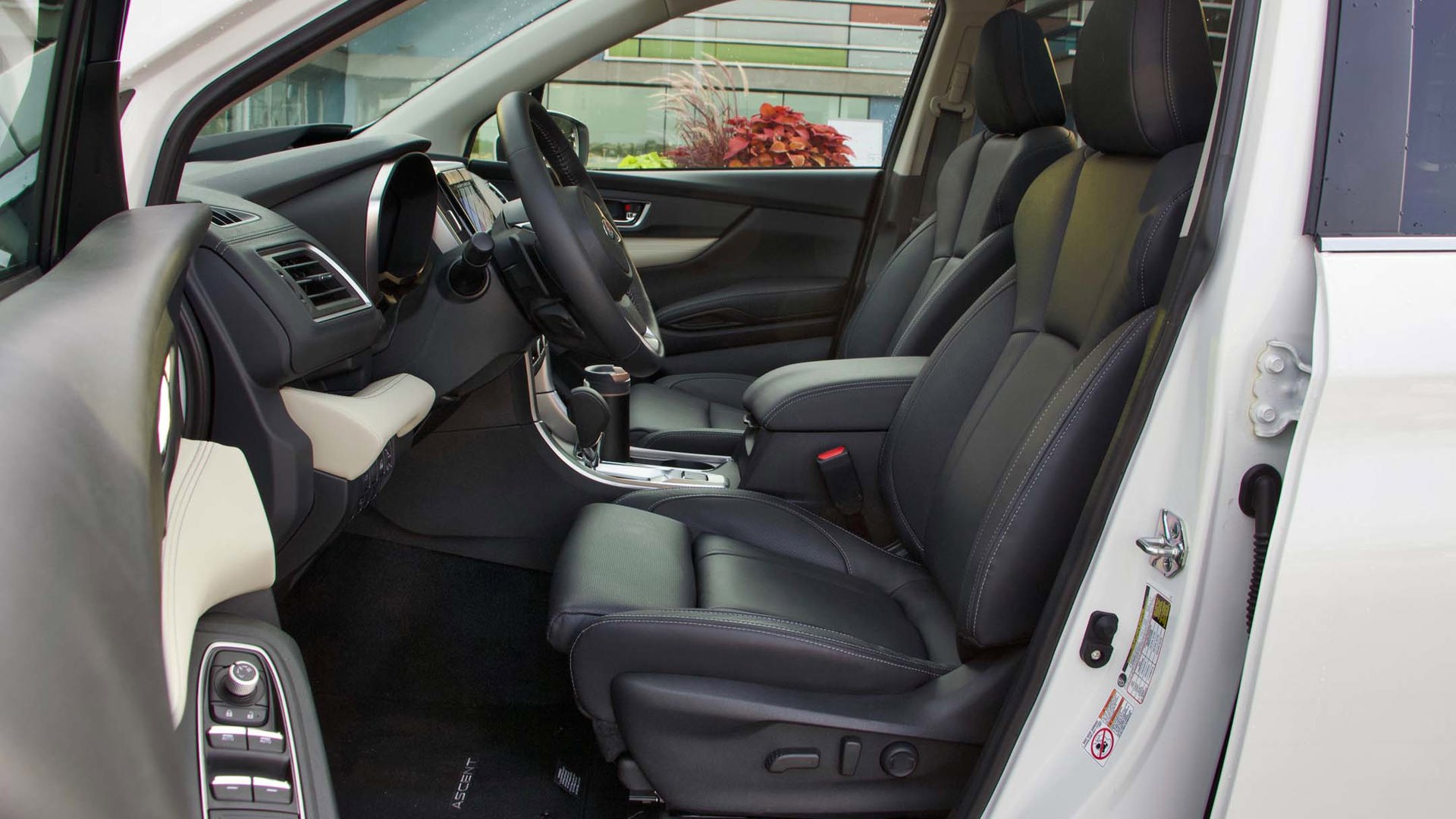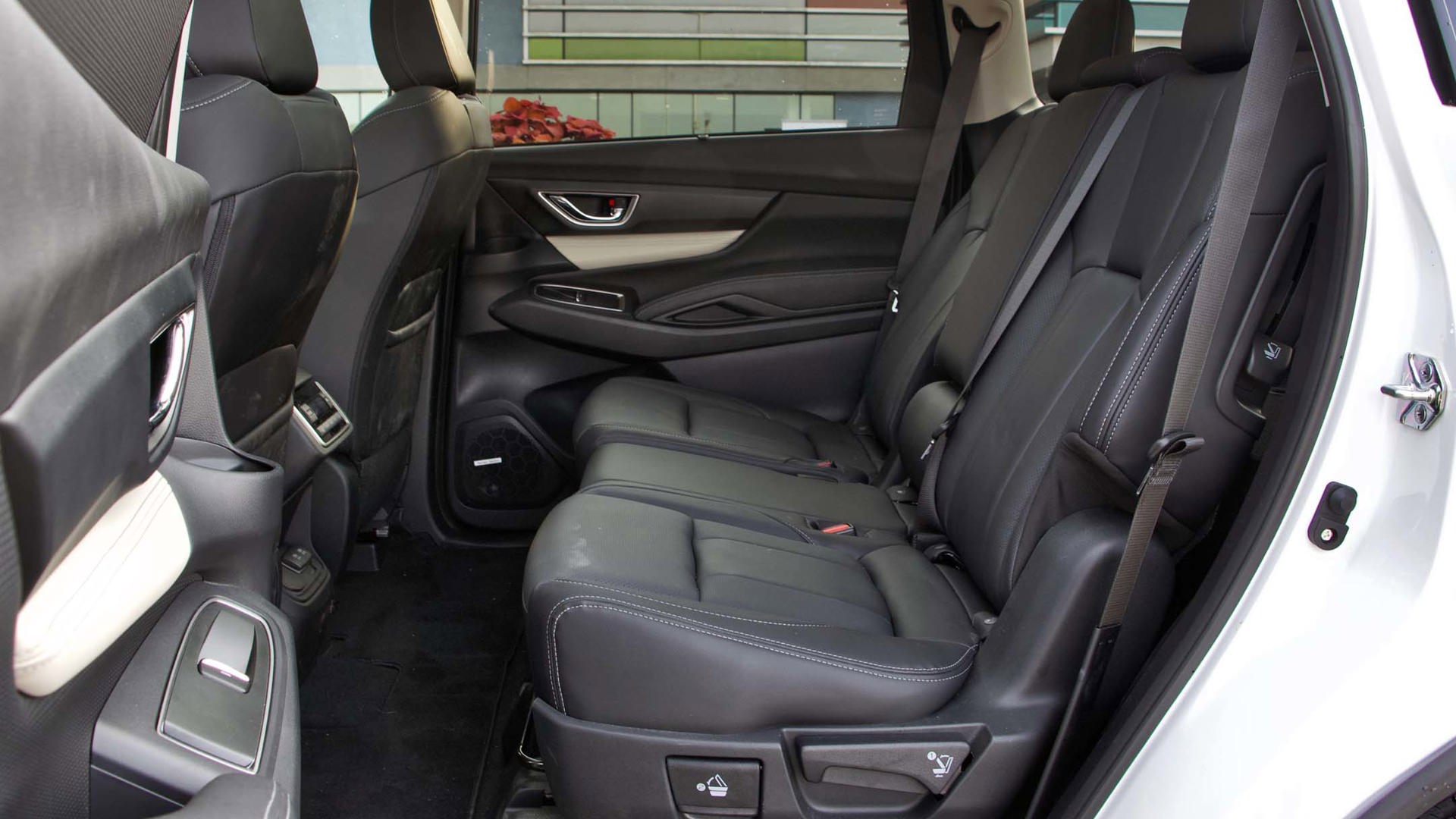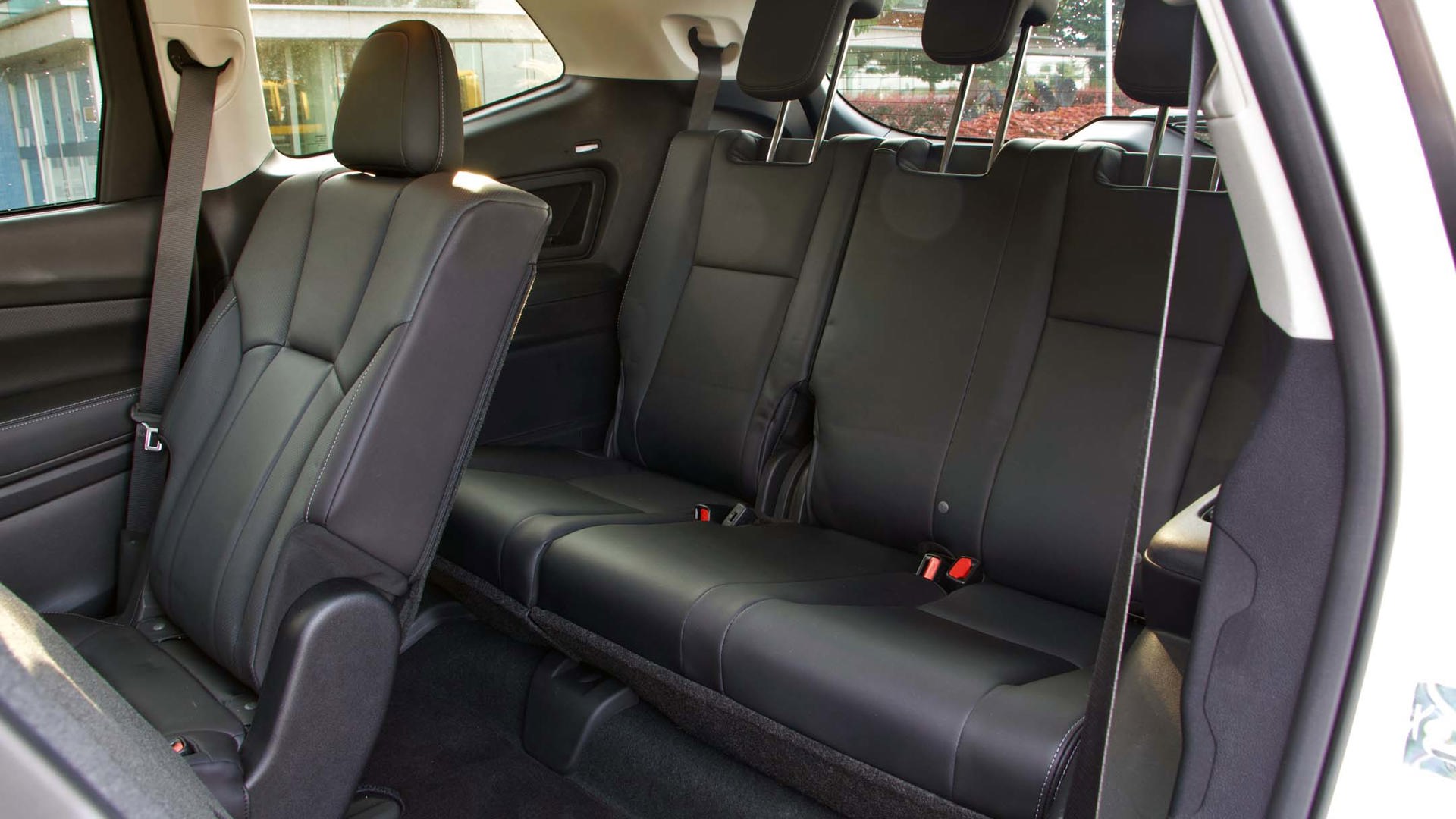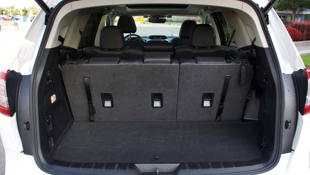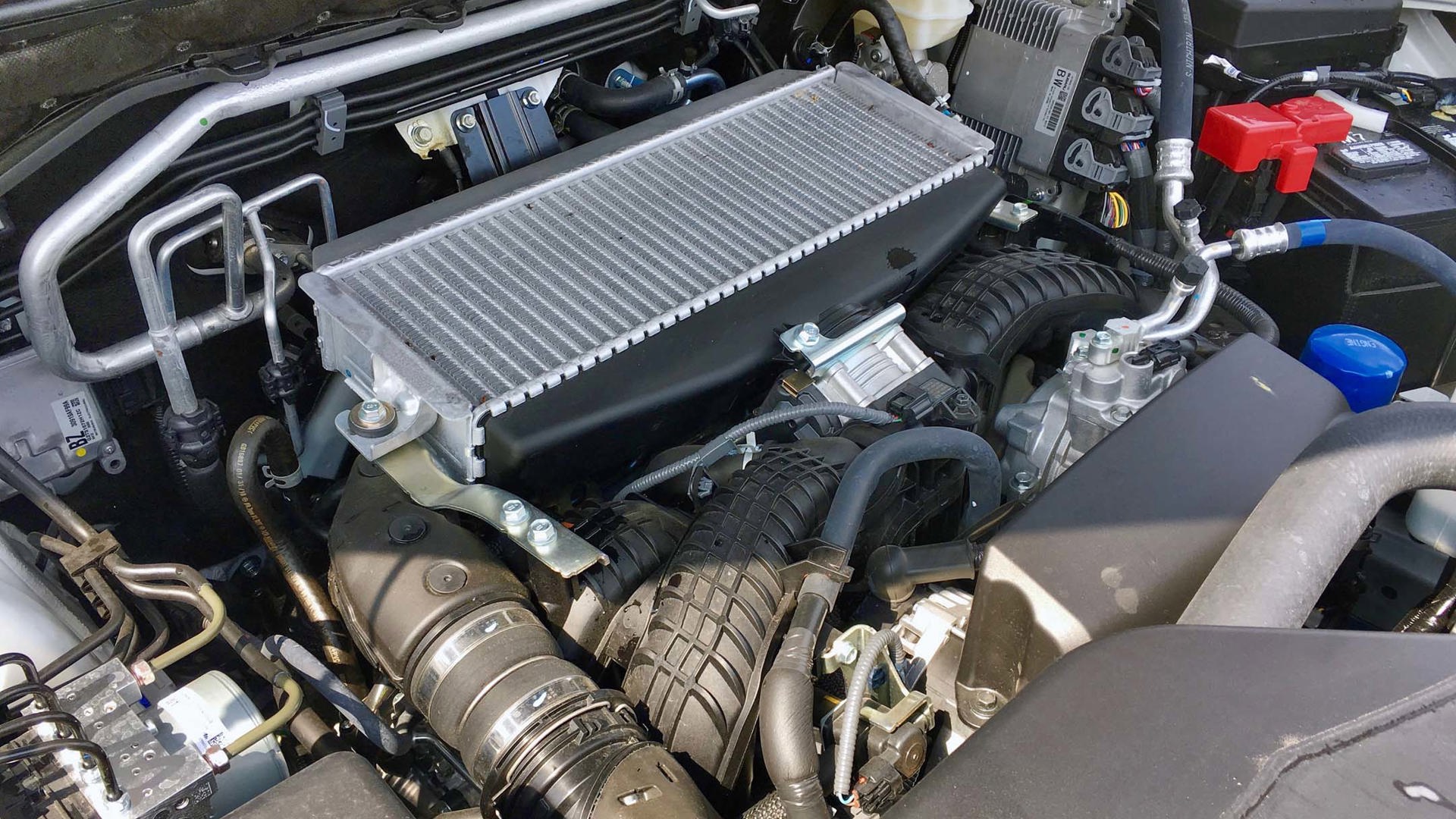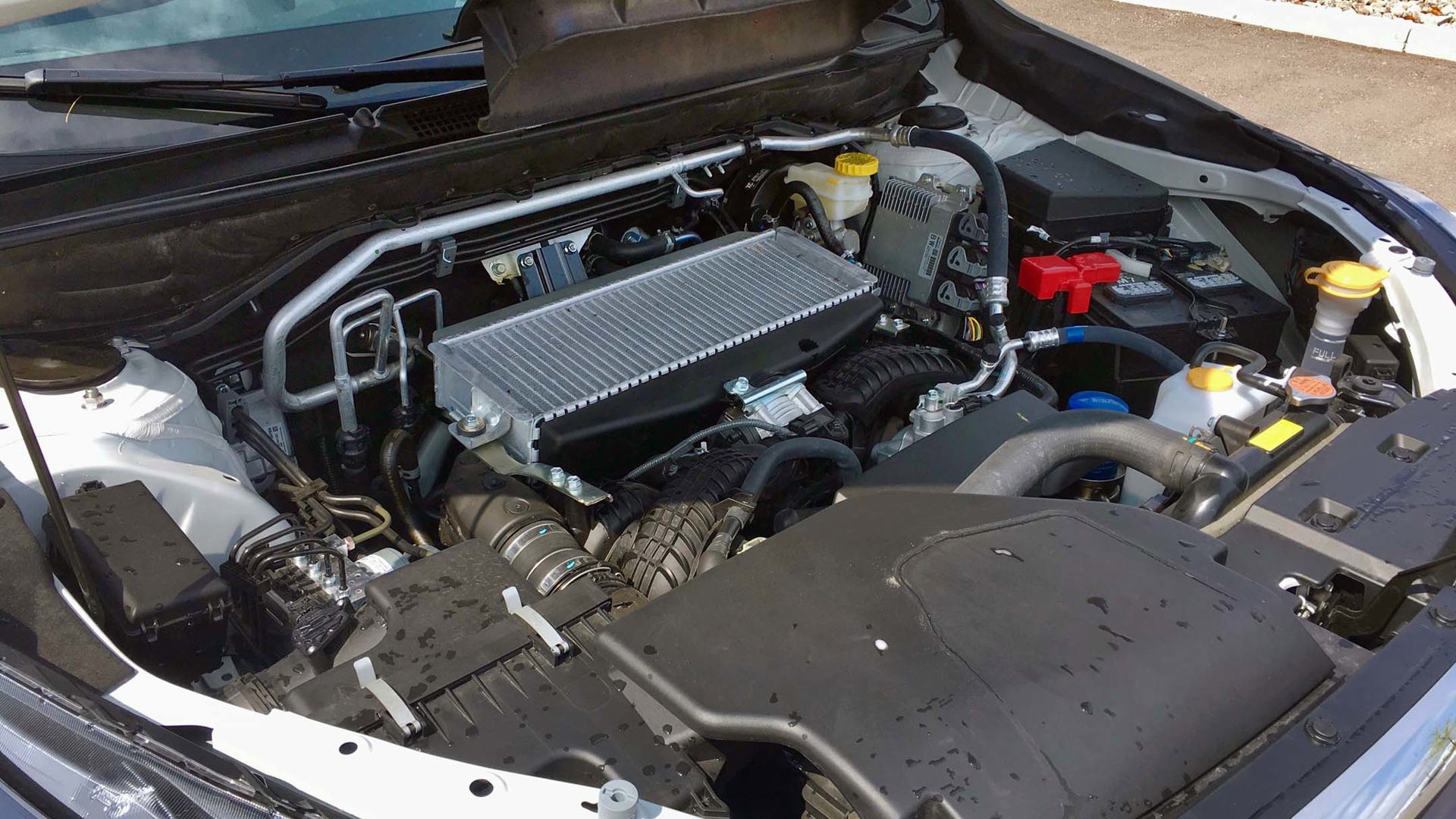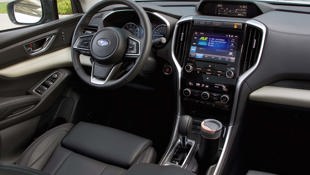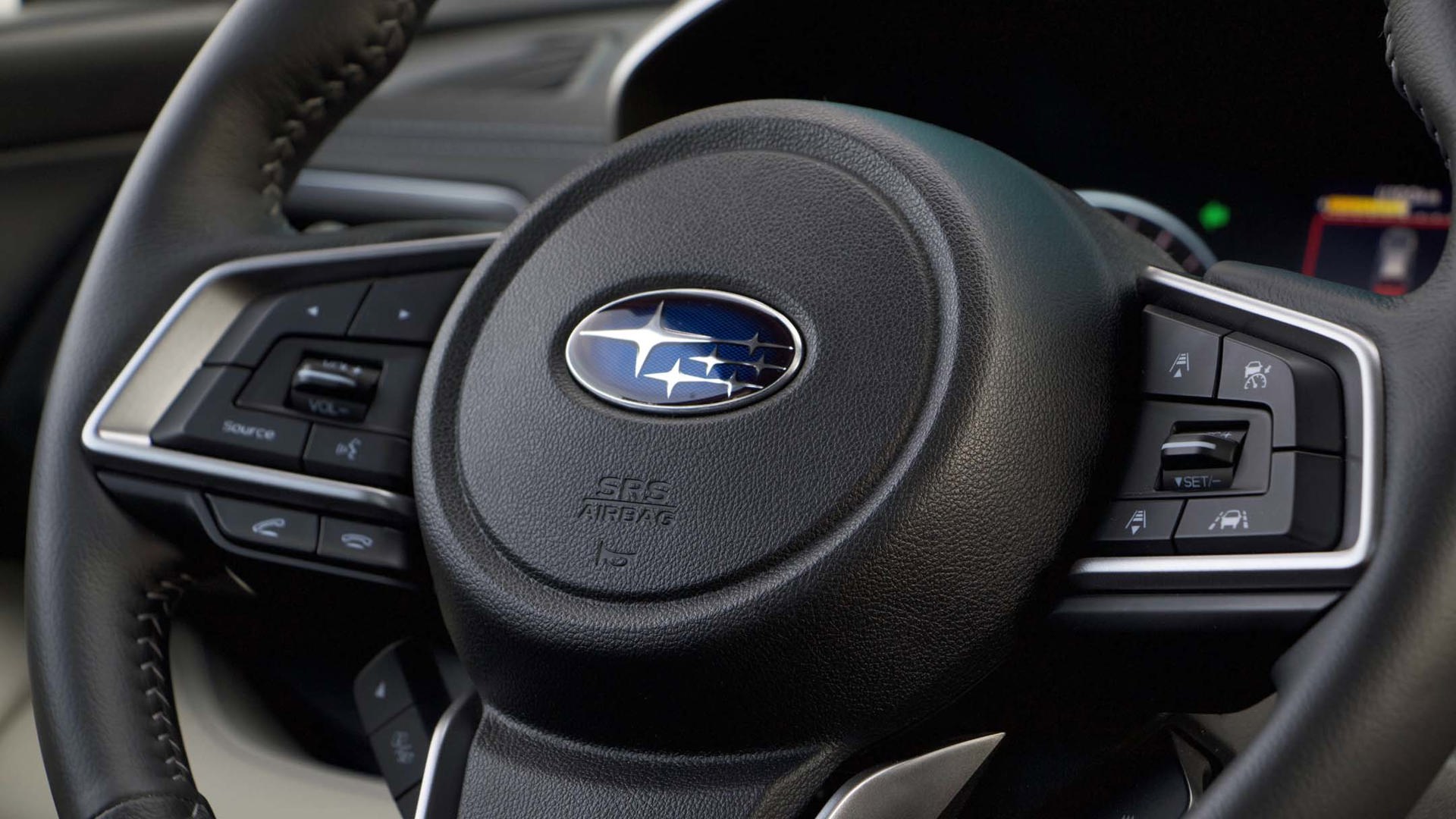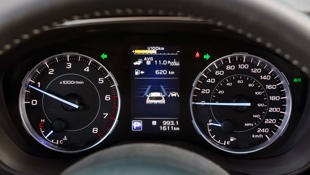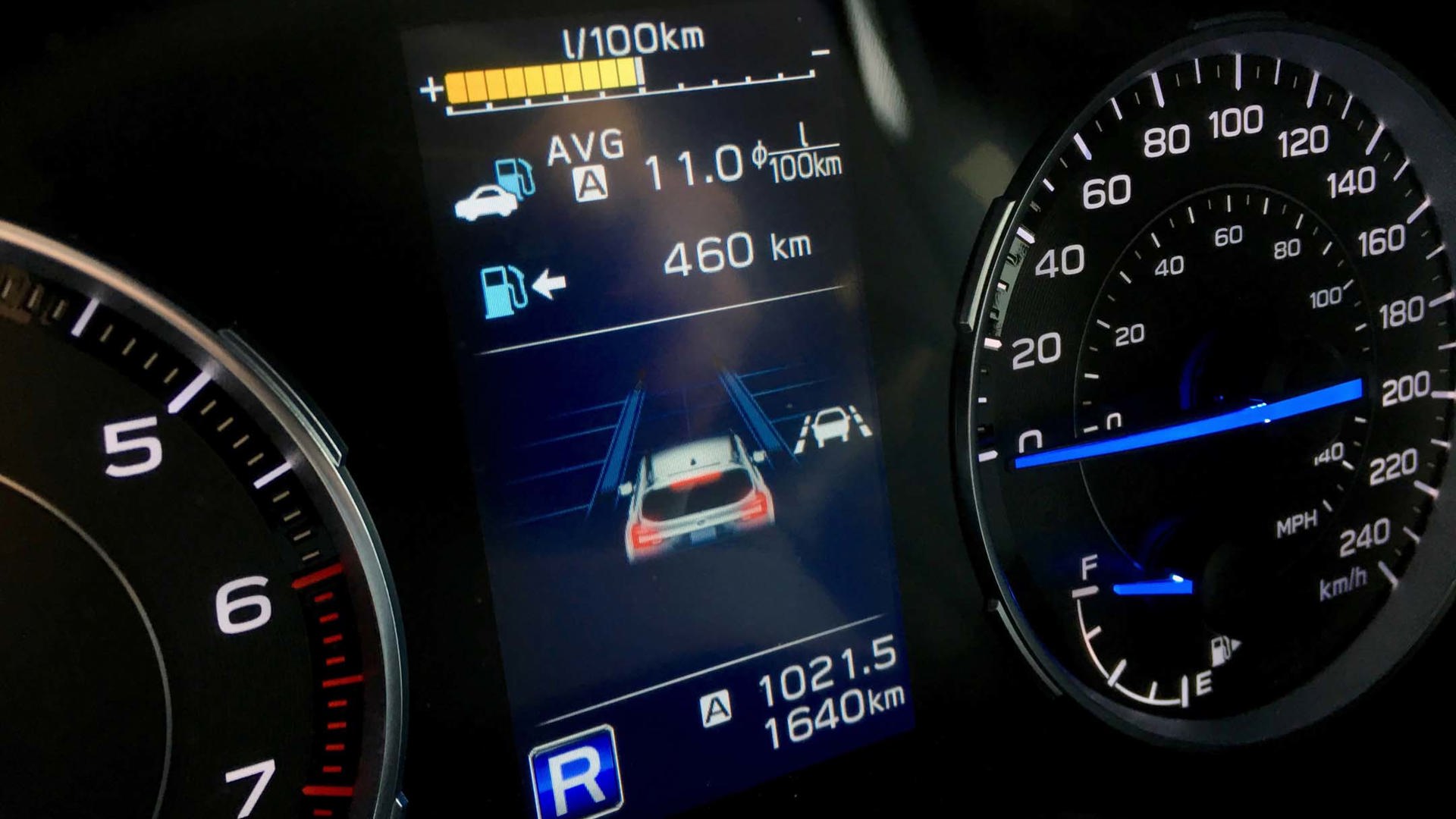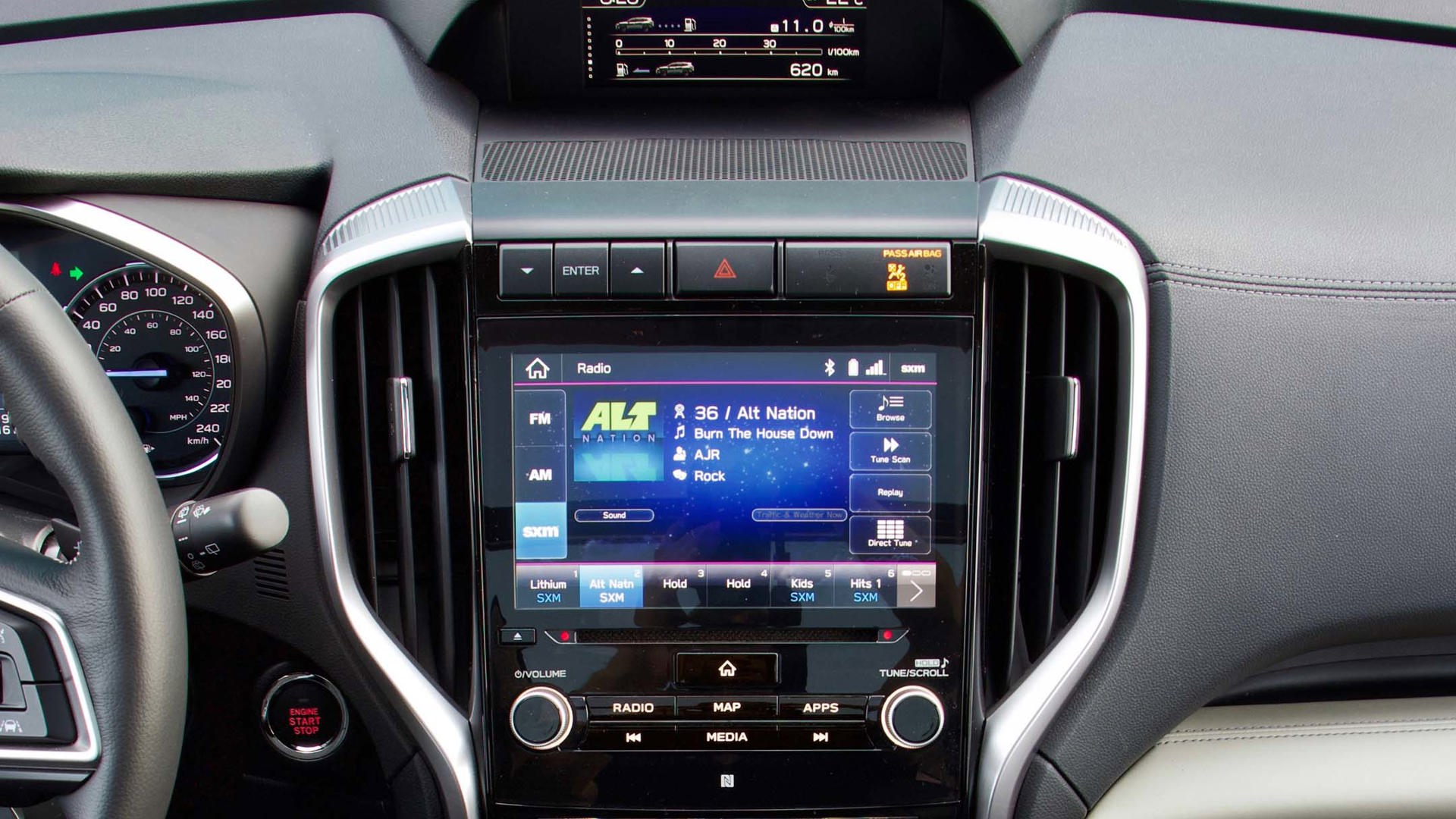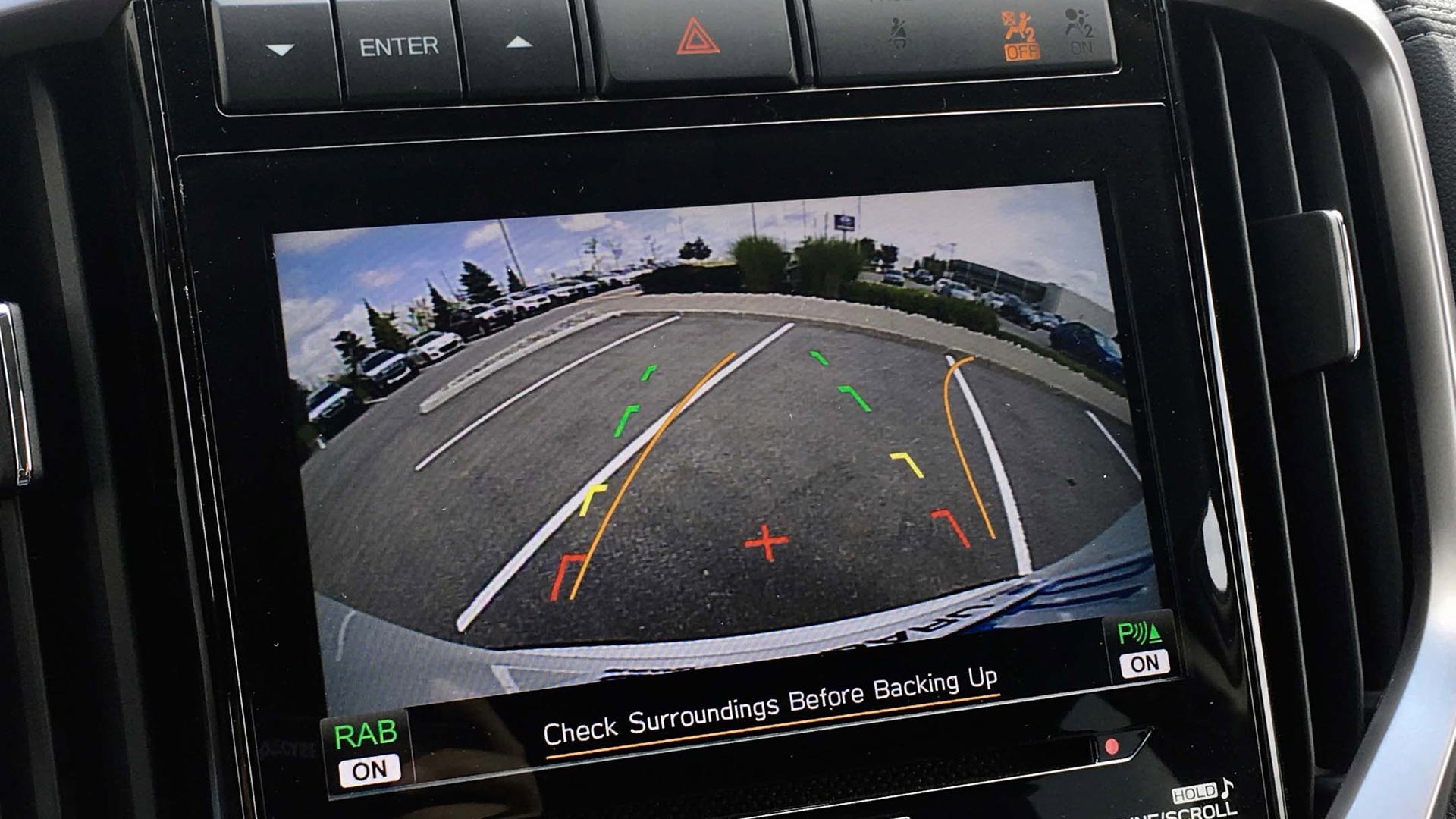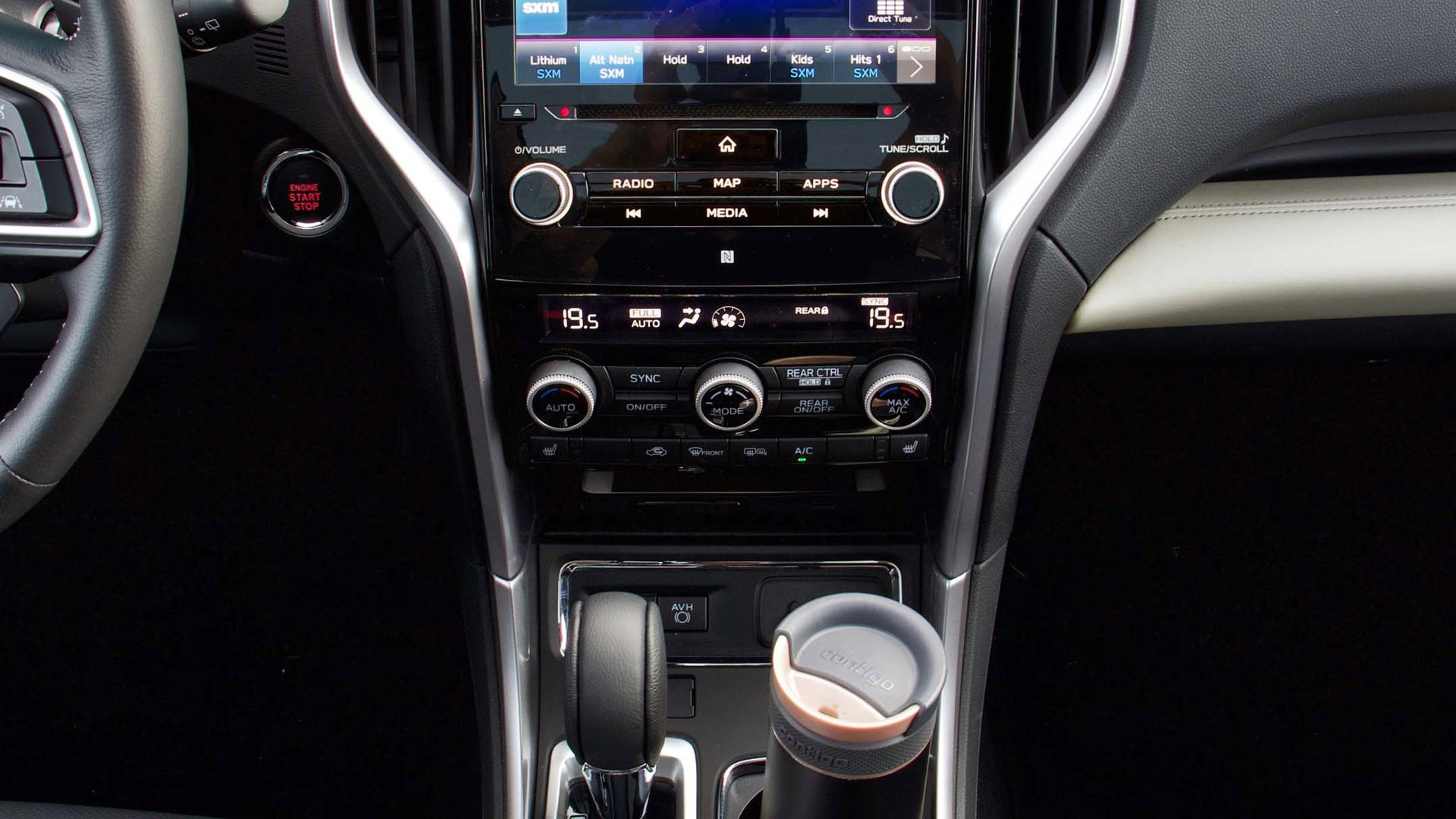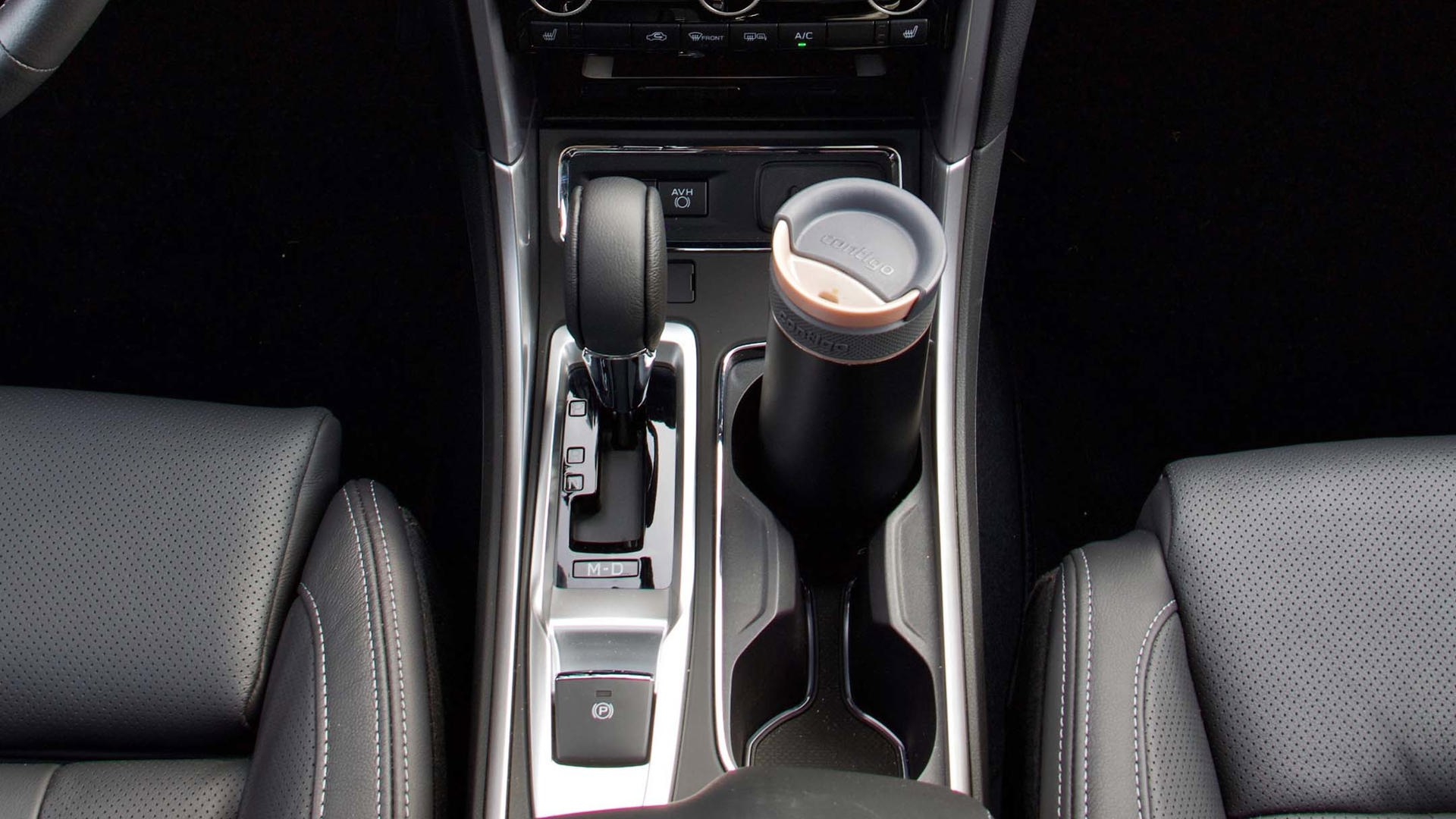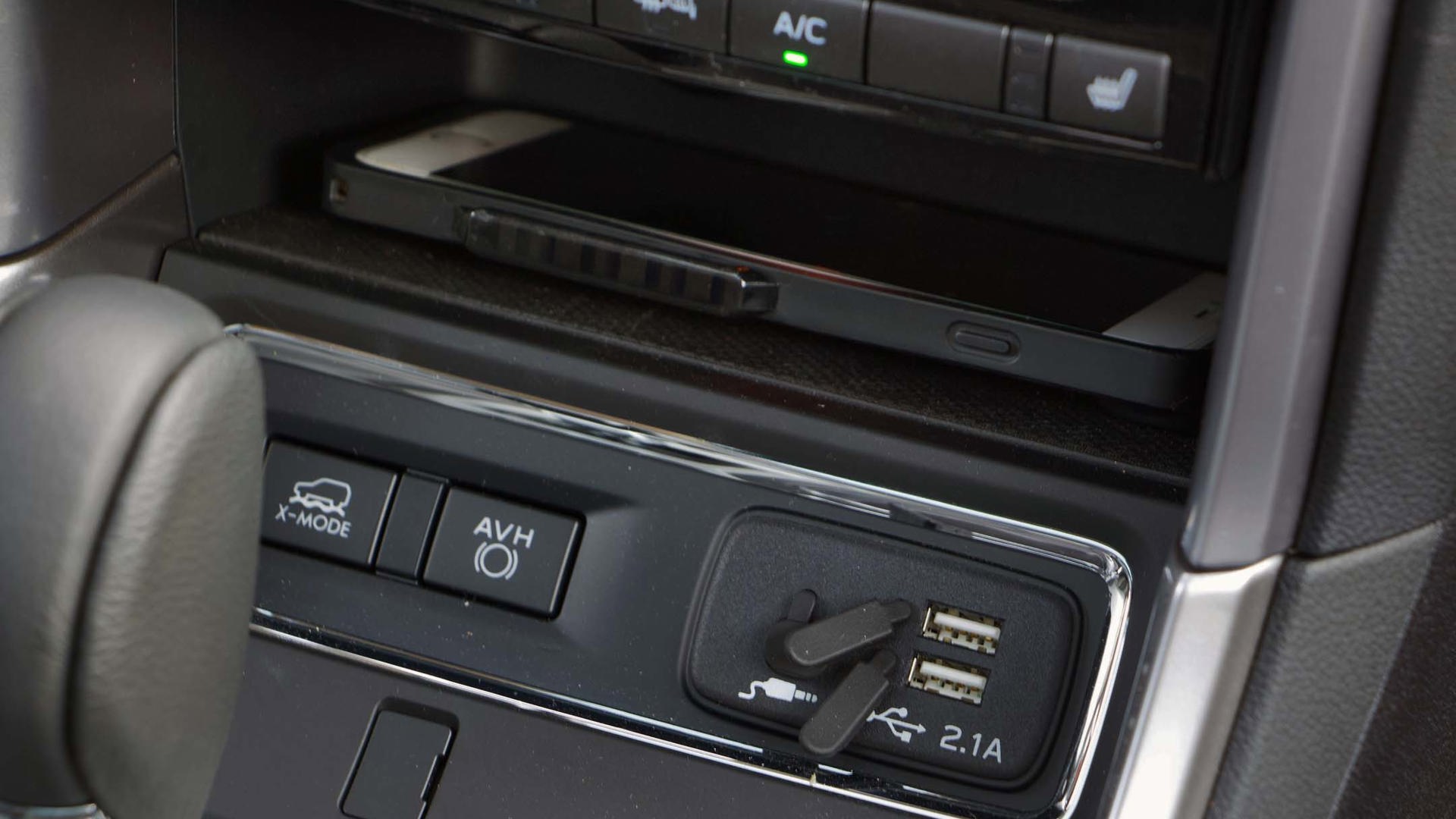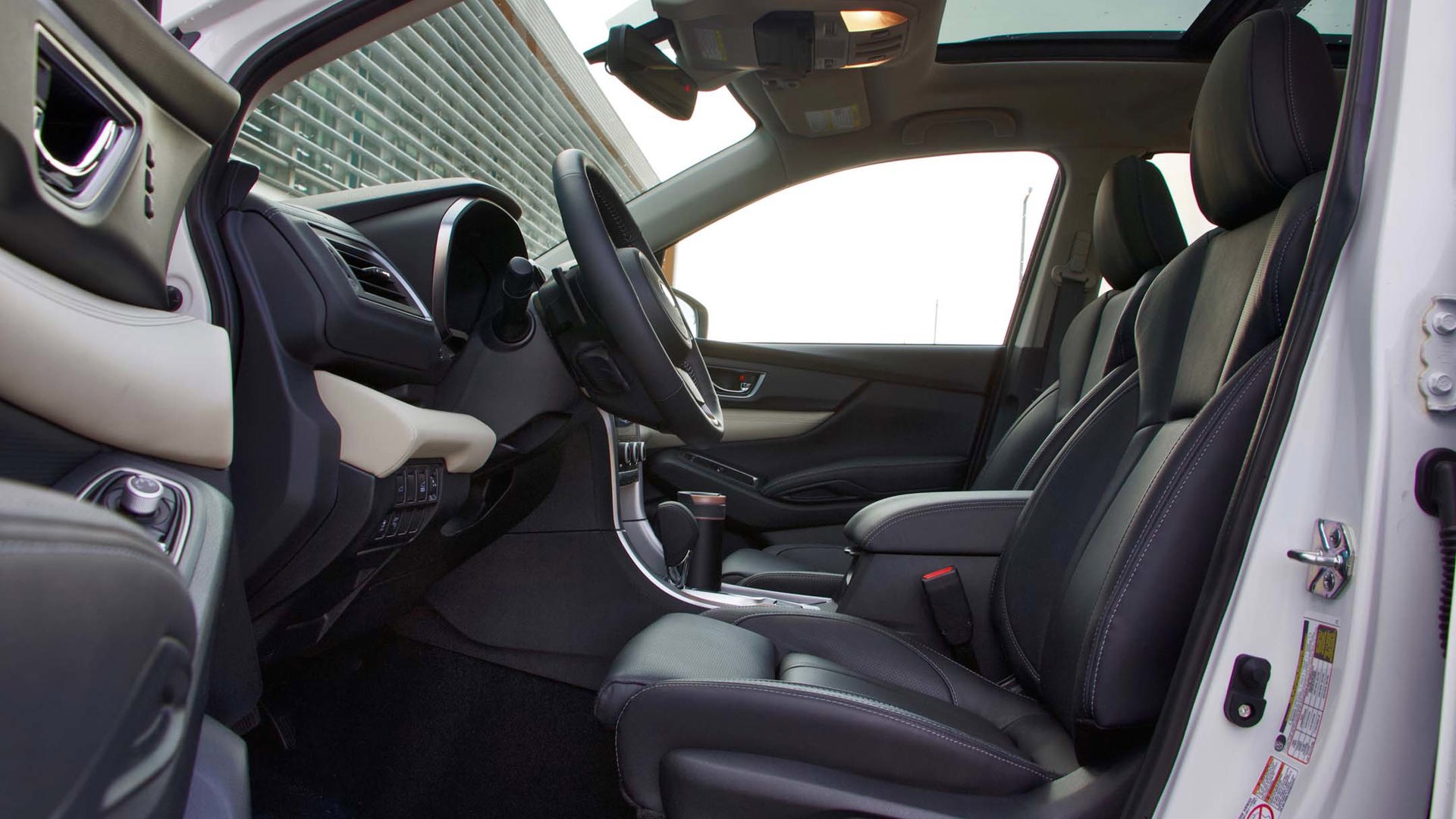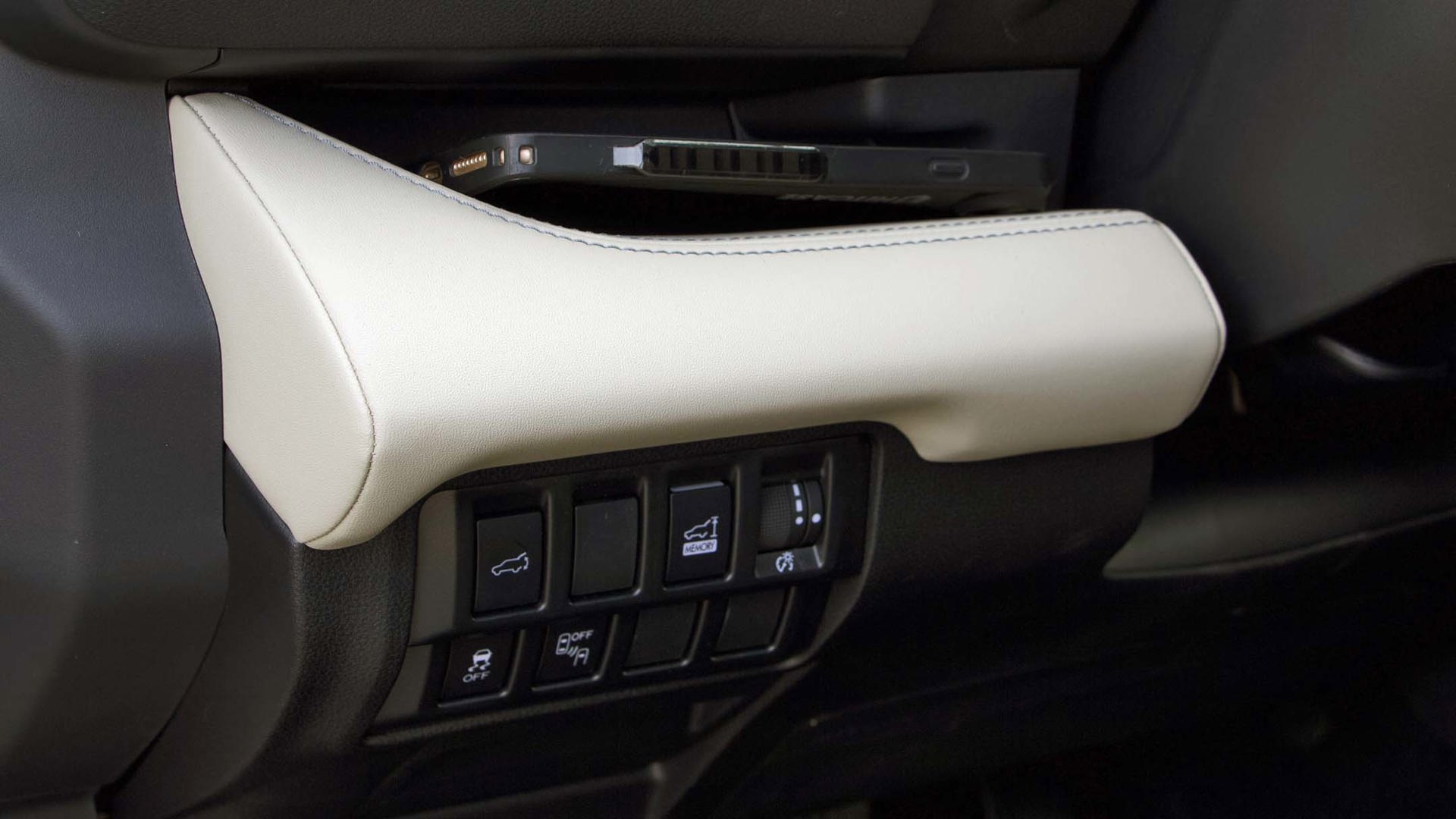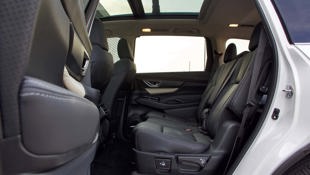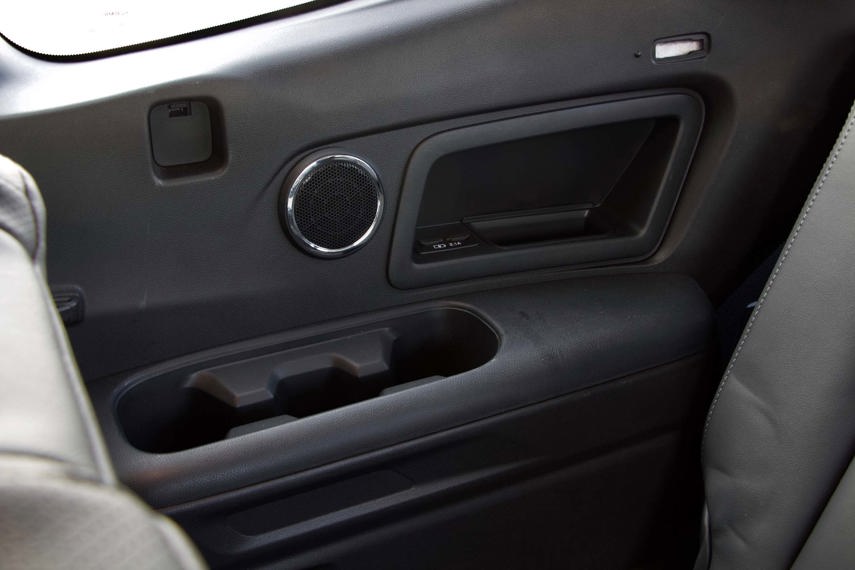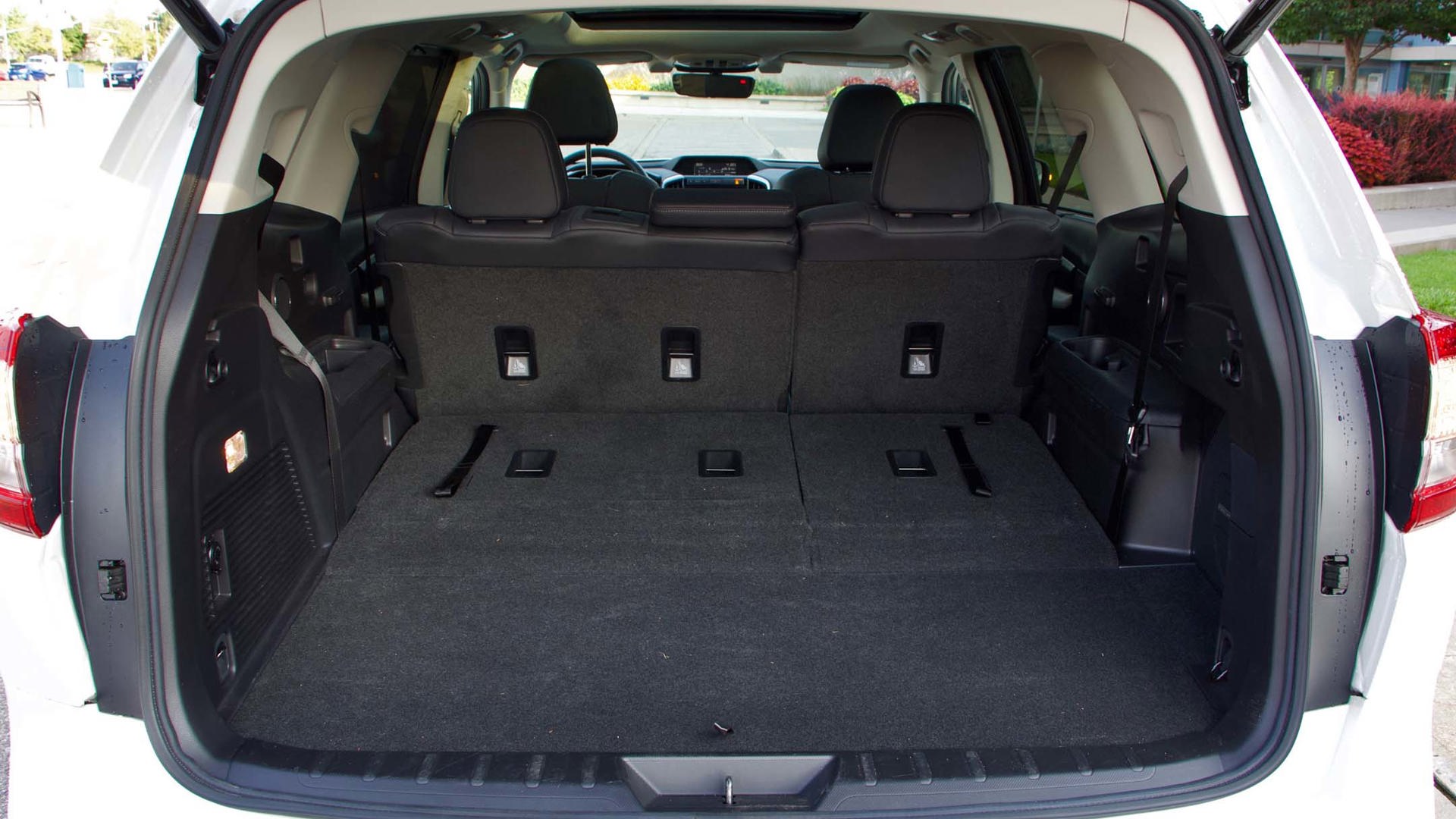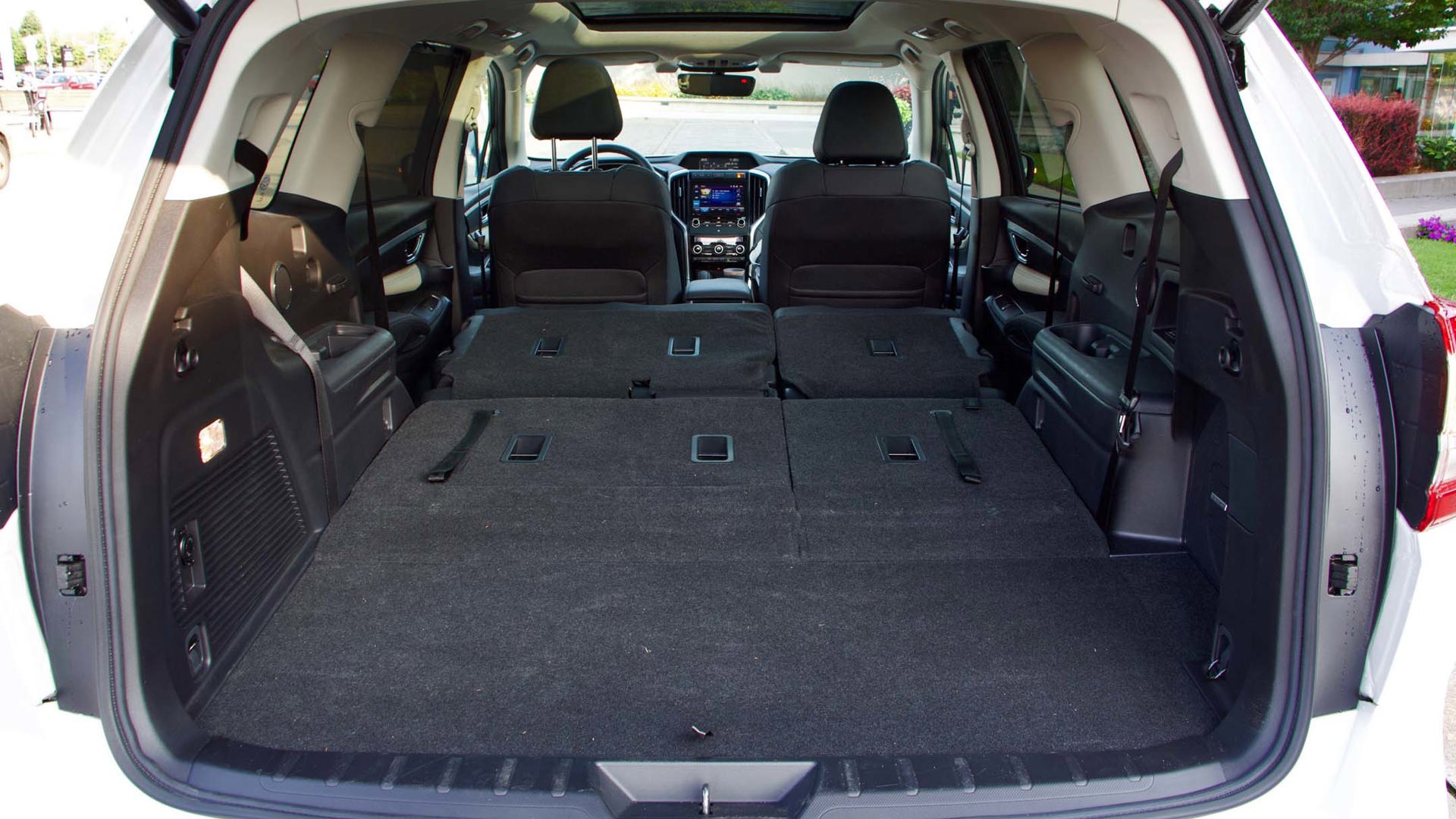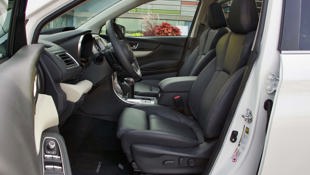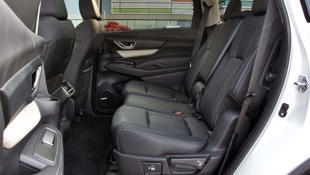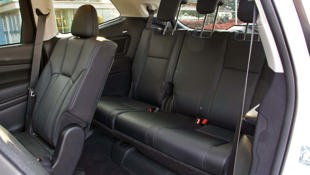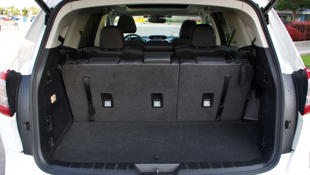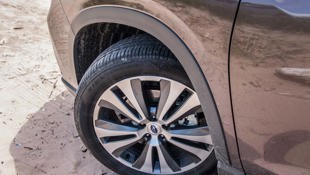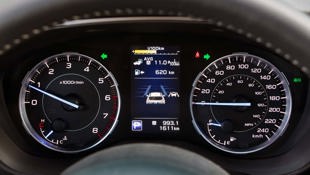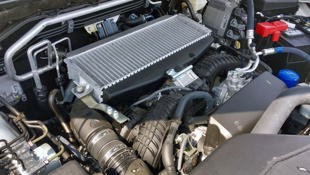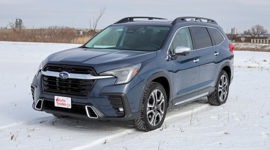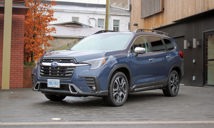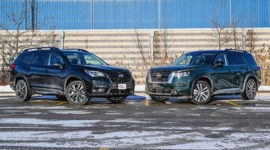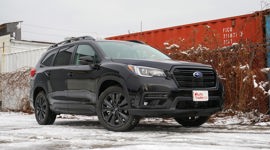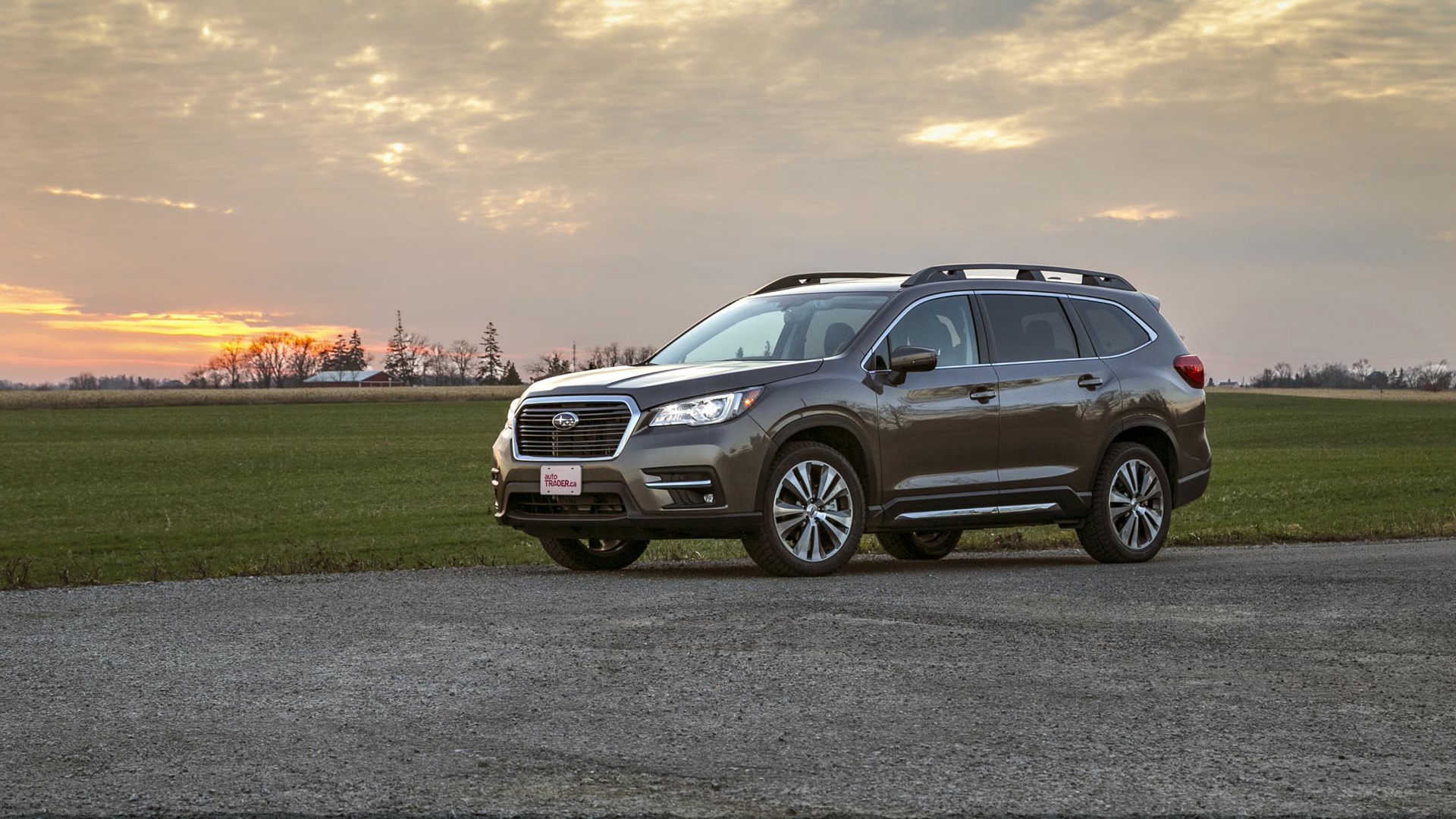Subaru’s largest SUV first hit Canadian roads for 2019 as a successor to the bizarre Tribeca that was discontinued a few years earlier.
Taking top position in the automaker’s lineup, the Subaru Ascent could be specified with seating for seven or eight occupants and offered plenty of space and flexibility. A new turbocharged engine made 260 hp and supported the Ascent’s competitive towing capacity of 2,268 kg (5,000 lb). Every version came with all-wheel drive, as well as the brand’s EyeSight suite of advanced safety systems.
AWD and All the Safety Gear
Subaru has long hung its hat on the all-wheel drive systems featured on just about every one of its vehicles. (The BRZ coupe is the lone exception.) That’s true of the Ascent, with plenty of predictability thanks to its system that shuffles torque to the wheels that need it most. However, unlike others out there that disconnect, the Ascent’s offers a bit more peace of mind thanks to its full-time nature.
Meanwhile, the standard advanced safety system fitted to every Ascent includes forward collision warning with automatic emergency braking, lane-departure warning and lane-keeping assistance, and adaptive cruise control, among others. Most trims also feature blind-spot monitoring with rear cross-traffic alert.
In 2018, the Insurance Institute for Highway Safety (IIHS) awarded the Ascent with its Top Safety Pick+ designation – the highest possible. It also achieved the highest possible “Superior” rating for front crash prevention from the IIHS, which called out the Ascent’s strong performance in safety-system testing.
Model Year Changes
The Ascent went through 2019 and 2020 without any major changes, though 2021 brought some new tech to the EyeSight system, including lane-centring functionality. Standard second- and third-row seat belt reminders were added, and steering-responsive LED headlights became standard on more trims. A blacked-out Onyx trim was launched for 2022.
For 2023, the Ascent returned with a redesigned and bolder look, standard wireless Android Auto and Apple CarPlay connections, further improved EyeSight functionality, and a newly available surround-view parking camera system.
What Owners Like
Subaru Ascent owners commonly praise its comfortable and spacious interior, advanced safety features, and reliable all-wheel drive system. They also tend to report a comfortable and smooth ride, and plenty of punch from the turbocharged engine. During a test drive of the 2019 Ascent, this writer also appreciated its massive door openings and tank-like drive in the winter.
What Owners Dislike
On the other hand, some owners wish for a more engaging, modern-looking infotainment system, while others report that the sensitivity of driver-assist systems can be a little much, making them feel overly active and possibly distracting. The steering feel may also be too light for some tastes, while the automatic continuously-variable transmission (CVT) can also be a bit noisy – especially in the cold.
Too Foolproof
According to the Ascent owner’s community, two features of the vehicle may be easy to switch on accidentally, causing functionality problems. One is the rear-seat climate control lockout. From the rear seats of the Ascent, confirm proper operation from the climate controls. If you experience any trouble, the likely culprit is the system being locked out electronically thanks to a control setting up front.
It’s a similar story with any failure of rear doors to open from the inside of the SUV. While in the rear seat checking the climate control system, make sure to close both rear doors and then confirm that they open from the inside. If that’s not the case, the rear child lock switch may have been engaged accidentally. You can read more on this here.
Locked Out
Some owners have reported problems related to being locked out of their vehicles in the wintertime. Most have not. A small number of owners say that extreme cold can leave their factory battery dead, especially on a model that’s a few years old. If the battery is dead, the power door locks won’t work, and you’ll need to use the mechanical key hidden within your keyfob to unlock the Ascent instead.
Enter the second problem: mechanical emergency keys that don’t work, or don’t work easily. These keys have a small nub for leverage and may be very difficult to work if your locks are cold or frozen.
Protect yourself from this annoyance with a few easy steps. First, be sure the battery in your Ascent is healthy, even if it’s just a few years old and especially if you’ll be doing a lot of driving in extreme cold climates, which can reduce the life of some factory batteries to just two or three years.
Second, keep a booster pack handy just in case. Third, familiarize yourself with the proper use of the emergency mechanical key if required, and be sure to work those locks manually once in a while, and keep them lubricated.
Wheel Bearings
Some Ascent owners have reported the need to replace wheel bearings, often during warranty and typically between about 60,000 and 100,000 km. Most have not.
A worn or defective wheel bearing will often give itself away with a loud roaring or scraping noise at speed, or possibly a whine. It may be audible at lower speeds as a metallic grinding or scrubbing sound.
If left unattended, bad wheel bearings can fail, resulting in serious collisions. On your test drive, be sure to quiet the Ascent’s cabin and listen carefully for unwanted noises like these, especially on higher-mileage units driven in areas where road salt is used in winter.
Turbos and Tuning
As it tends to go in Subaru circles, the turbocharged flat-four engine in the Ascent has found a hearty following of tuners and performance enthusiasts who modify their machines with non-factory software for a power boost from the engine. Though most owners do not make modifications like these, the average shopper is best to stick to a model that’s known to have never been flashed, chipped, tuned, or otherwise fitted with non-factory parts or software, as these can cause damage and wear that’s not covered by your warranty, and may even void it.
Engine Trouble
In Canada, the Ascent was subjected to at least five recalls intended to address latent safety defects that could each result in a loss of power to the wheels while driving. Some of these recalls dealt with problems that could cause engine or transmission failure. The good news is that dealers check and perform recall work free of charge.
Though the vast majority of owners do not report engine or transmission trouble from their Ascent, problems experienced with these components may be recall-related. Here’s a full list of recalls. Note that 2019 and 2020 model-year units are the most well-represented on the recall list.
You can enter the vehicle’s VIN here to see which (if any) recalls are outstanding for the model you’re considering.
On your test drive, there’s an additional means of detecting engine trouble reported by some owners. After cold-starting the Ascent, move to the rear of the vehicle and watch the tailpipes for a couple minutes, noting that steam is normal, but smoke is not.
After your test drive, shut the engine off and wait 15 minutes. Then, restart the engine and move back to the tailpipes once more. Watch for an additional two minutes. At any sign of thick blue or black smoke that smells burned and lingers in the air, move to another unit.
Oil Consumption
Some owners have reported problems relating to engine oil levels in their Subaru Ascents. Many have not. It’s important that you check your oil regularly for early warnings of potential problems. It’s also important that you report such problems to your dealer and have an appointment scheduled as soon as possible, in case a warranty claim is required.
On your test drive, and before starting the engine, check the engine oil. As you remove the dipstick, check for smells of gasoline. If you notice this, alongside an “overfilled” reading on the dipstick, proceed with caution. If you notice a low reading, proceed with caution as well. A low oil reading can indicate an engine that’s consuming oil, which you can read more about here.
Conversely, a high oil reading can be a sign that the engine oil was overfilled during the last oil change, or that gasoline is entering the oil supply – possibly from a leaking high-pressure fuel pump or a process known as oil dilution, both of which are bad news.
Be on the lookout for these possibilities as you check the oil, and make a point to keep checking that oil level continuously.
